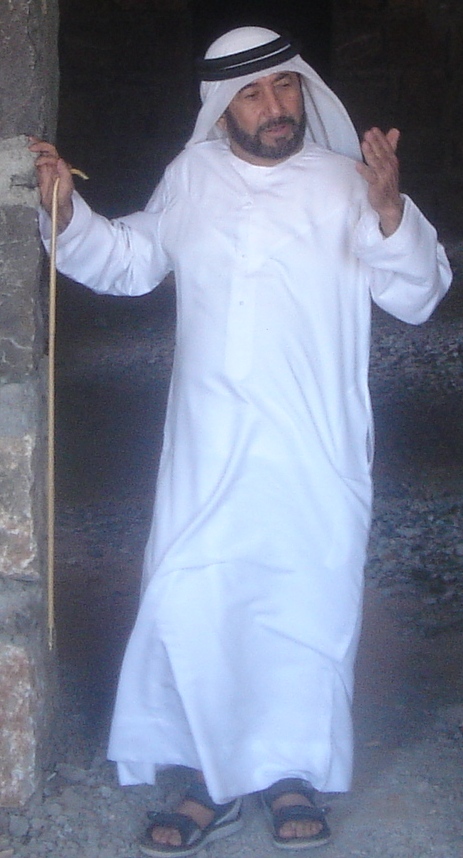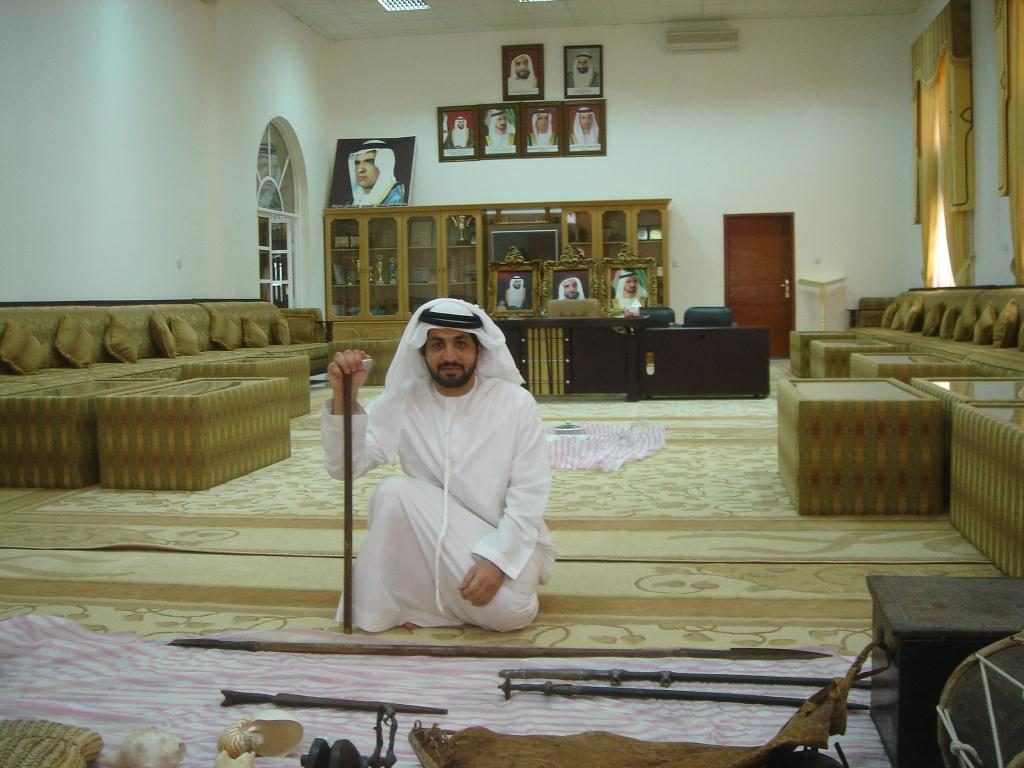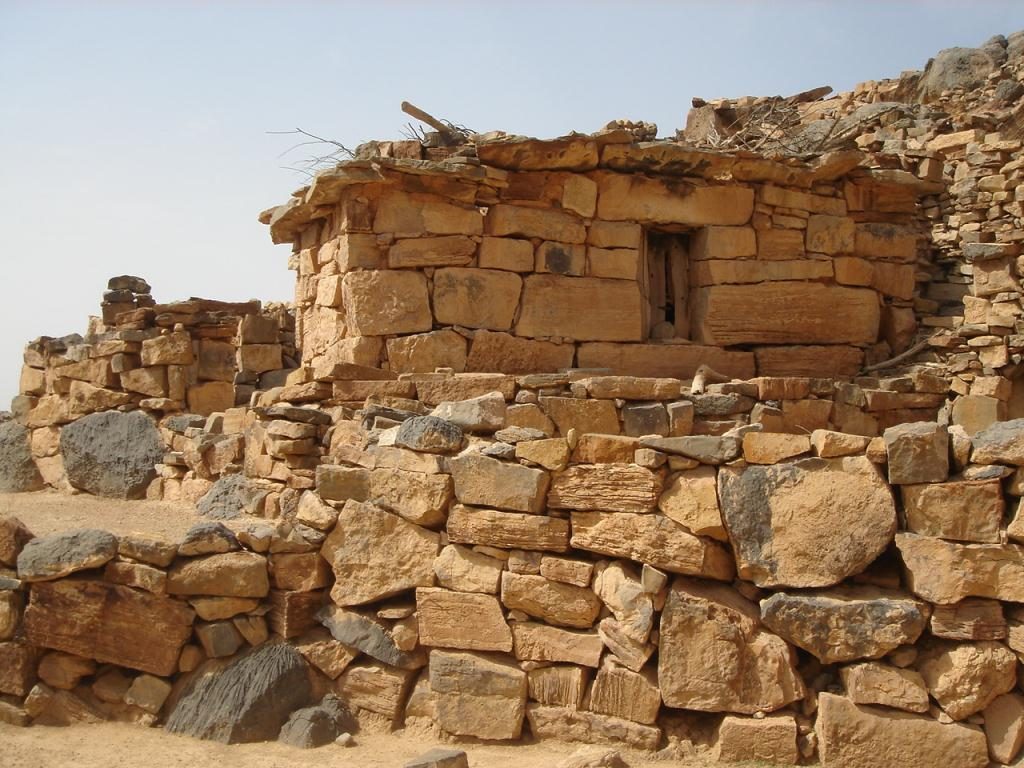We had heard and read about them: the mysterious mountain tribe of the Shihuh.
Intriguing details such as “archaic language, very secluded tribe with own traditions, courageous and strong mountain people….” inspired us to go and visit them.
And one day in May 2011, accompanied by a good friend-translator, we headed to RAK and paid a visit to the “Al Shuhooh Cultural and Heritage Association”.
We were welcomed by Sheikh Humaidi Saeed Salem Al Shehhi and representatives in their spacious majlis.
We soon found out that the Shihuh, whose homesteads were once found in the rugged Hajar mountains, are now very well integrated in the daily city life of bustling Ras Al Khaimah. The men were clearly proud to share their history and traditions with us, some of which have survived the rapid modernisation of the land.
The Shihuh have always been known as semi-nomadic with winter houses made of stone in the Hajar and summer palm frond huts by the coast.
Their staple food was: dates, barley, wheat, and the milk, meat and cheese of goats.
We were shown the “tribe tree”: the origin starts all the way from Adam and ends with the current Shihuh families.
An estimated 250 families are believed to live in the nowadays Ras Al Khaimah emirate. But they have also spread to other emirates. And of course the mountainous Musandam (part of Oman) is home to many more Shihuh.
Most of them now live in airconditioned houses in the cities. But they still have their roots in the hills: especially the older generation who has seen the fast development and changes of last decennia.
Many of them still have their dwellings somewhere high up: stone houses, skillfully built dry walls, terraced fields, date palm plantations, a flock of goats…
Most of these settlements are now abandoned due to migration to the cities and also due to the diminishing amount of water. But there are some which have been maintained until date.
In front of us, many typical Shihuh artefacts, utensils, weapons were displayed: we noticed bags made of goat skin, a drum, a bow and arrow, firearms, the jirz (= a small, long handed axe), pottery, kitchen tools, jewelry etc….
RIGHT: the JIRZ: a beautifully and very distinctive tool of the Shihuh. This small and long-handled axe is a typical sight in the north.
In olden days, people used it for all sorts of purposes: as a walking stick, to chase away snakes and scorpions, as a kitchen and garden tool or to impress an unfriendly intruder.
Nowadays you will see this stick in the hands of the men as part of their formal dress.
UNDER: skillfully fabricated knives in wood, metal and horn.
Distinctive feature: the knife has a “thumb rest” on the top.
Adapted to the harsh life in the rocky mountains, Shihuh have been builders of amazing structures: walls and low houses blend into the ochre mountains: high, dry walls to make the terraced fields, stone houses with thick walls and covered with wood, palm leaves, mud and stones, store houses, zig zag stairways and tombs.
Interesting facts.
LEFT: we were very surprised to see a meteorite packed with tinder and an elegant striker. Nobody actually knew the stone was a meteorite only that it was once used to start a fire. The black stone is a meteorite.
As far as we know, there is no flint in the Hajar. But then it would be much easier to trade flint than to find meteorites in the mountains.
We wonder if the use of meteorites for fire making was widespread in the Hajar.
The Shihuh are among the last people who have seen the roaming Arabian leopards (nimr) in the Hajar mountains.
![]()













